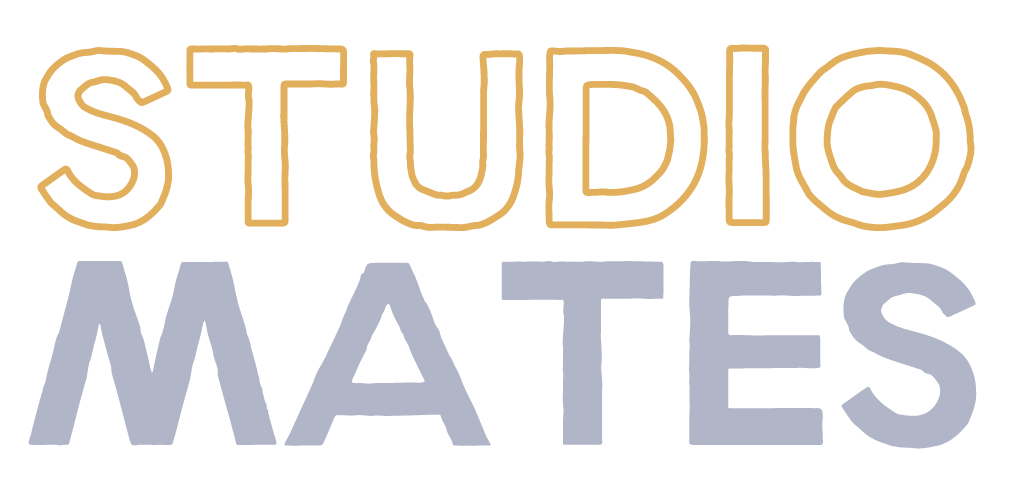Creating a Professional Portfolio: Showcasing Your Best Work and Captivating Potential Collectors
Hey there, artists! Let's talk about online portfolios. Your portfolio is a visual representation of your artistic practice, so let's make it great! Grab your favourite artworks, a cup of tea, and let's get started!
Curate Your Best Work: Your portfolio should showcase the best of everything you’ve made, so carefully curate your strongest pieces. Select artworks that demonstrate your skills, interests, and unique style. Choose a group of works that highlight your unique techniques, subject matters, and themes, and maintain a cohesive overall feel. Remember, quality over quantity is key!
Start with a Strong Opening: First impressions matter, so make sure your portfolio starts with a great home page. Lead with a strong piece that grabs attention and showcases your artistic achievements. It should captivate potential clients and make them eager to see more. Consider the impact of colours, composition, and subject matter when selecting your opening piece.
Organize and Present with Care: Organization is crucial when presenting your portfolio. Arrange your artworks in a logical and visually pleasing manner, with an emphasis on available work if your intent is to sell (this is so much easier with a well organized inventory). Consider grouping them by year to ensure a smooth flow from one piece to the next without too much division that can leave collectors confused. Pay attention to the overall composition and balance of your portfolio, creating a visually engaging experience for the viewer.
Tailor to Your Target Audience: Understand your target audience and tailor your portfolio accordingly. If you're seeking illustration work, emphasize your illustration skills and include relevant pieces. If you're targeting galleries or exhibitions, showcase a range of your finest artworks. Adapting your portfolio to cater to the specific interests and needs of potential contacts will make it more compelling and relevant to them.
Provide Context and Storytelling: A portfolio becomes even more captivating when you provide context and tell the story behind your artwork. Include a brief description or artist statement, sharing insights into your inspirations, creative process, and the goals of your practice. This adds clarity for viewers and increases their curiosity to learn more.
Keep it Cohesive and Professional: Ensure that your portfolio maintains a cohesive and professional feel, and consider elements like colour schemes, composition, and presentation. Consistency in style and quality throughout your portfolio reinforces your creative brand and gives potential clients confidence in your abilities.
Seek Feedback and Refine: Before finalizing your portfolio, seek feedback from trusted friends, fellow artists, or mentors (like us!). They can provide valuable insights and help you refine your selection. Be open to constructive criticism and make necessary adjustments to strengthen your portfolio further.
Remember, your portfolio is a visual connection to your artistic practice. With careful curation, thoughtful organization, and a touch of storytelling, your portfolio will captivate potential collectors and open doors to exciting artistic opportunities. Good luck, and happy art making!
